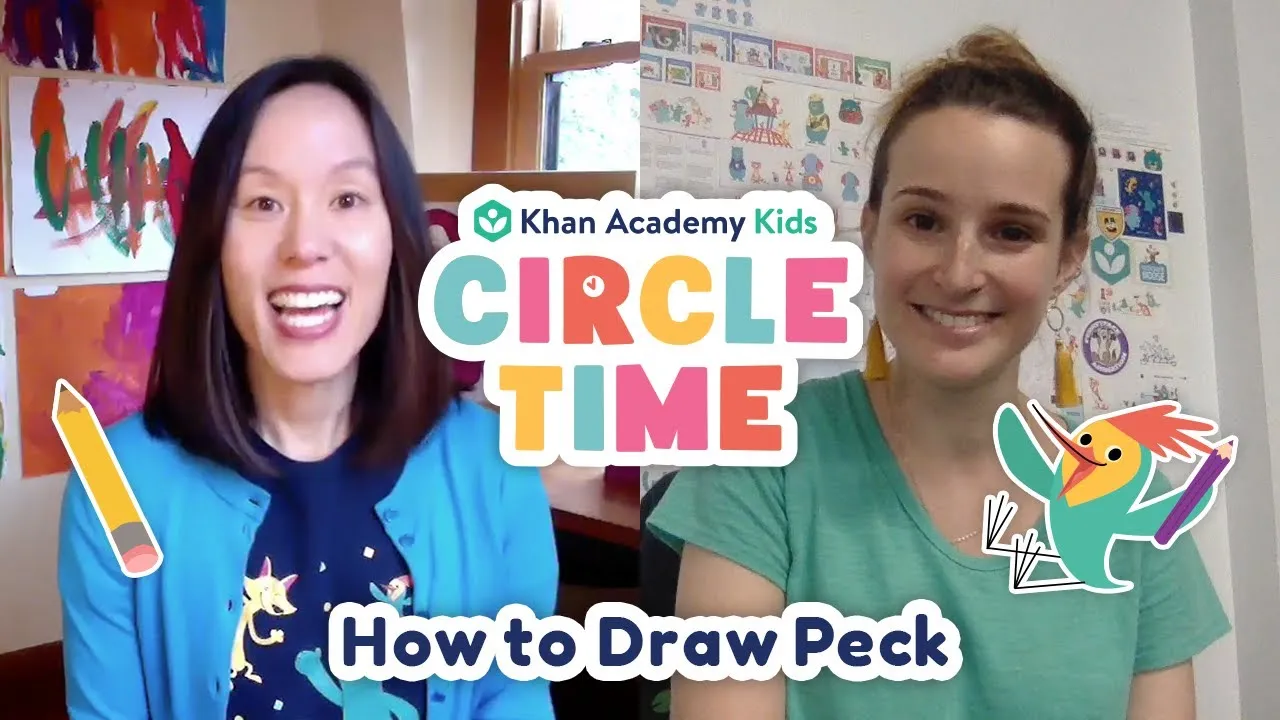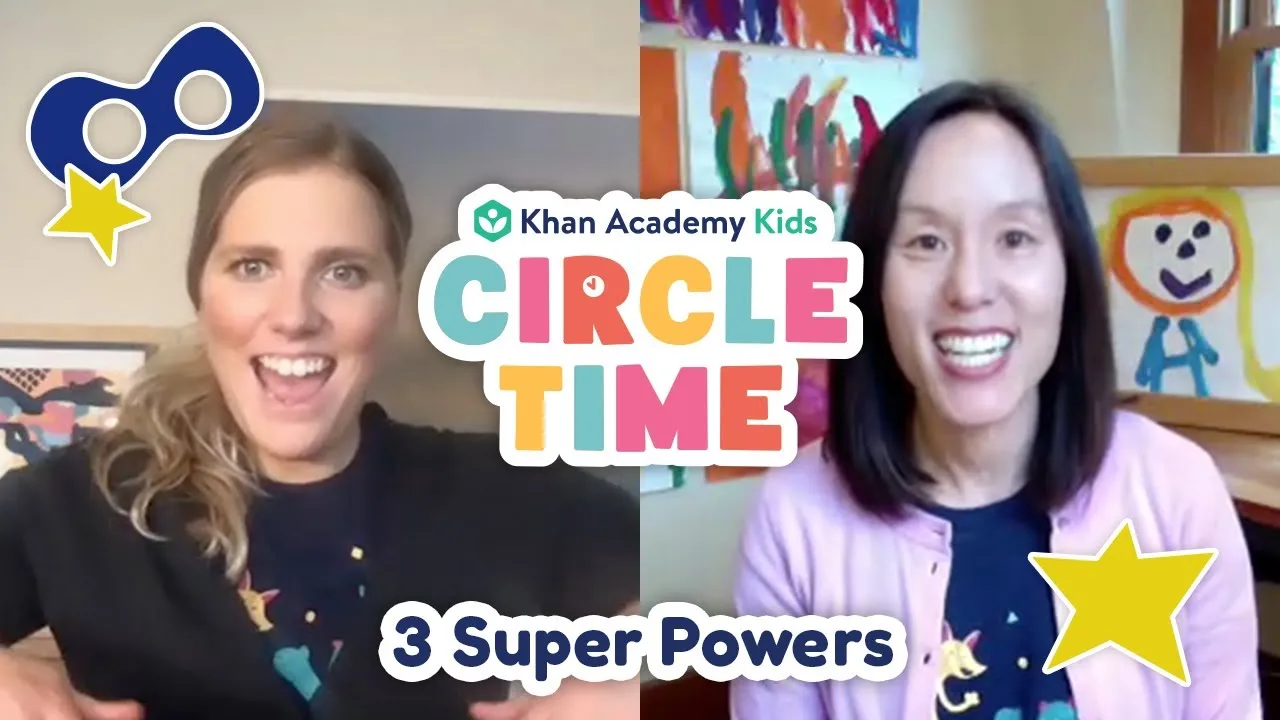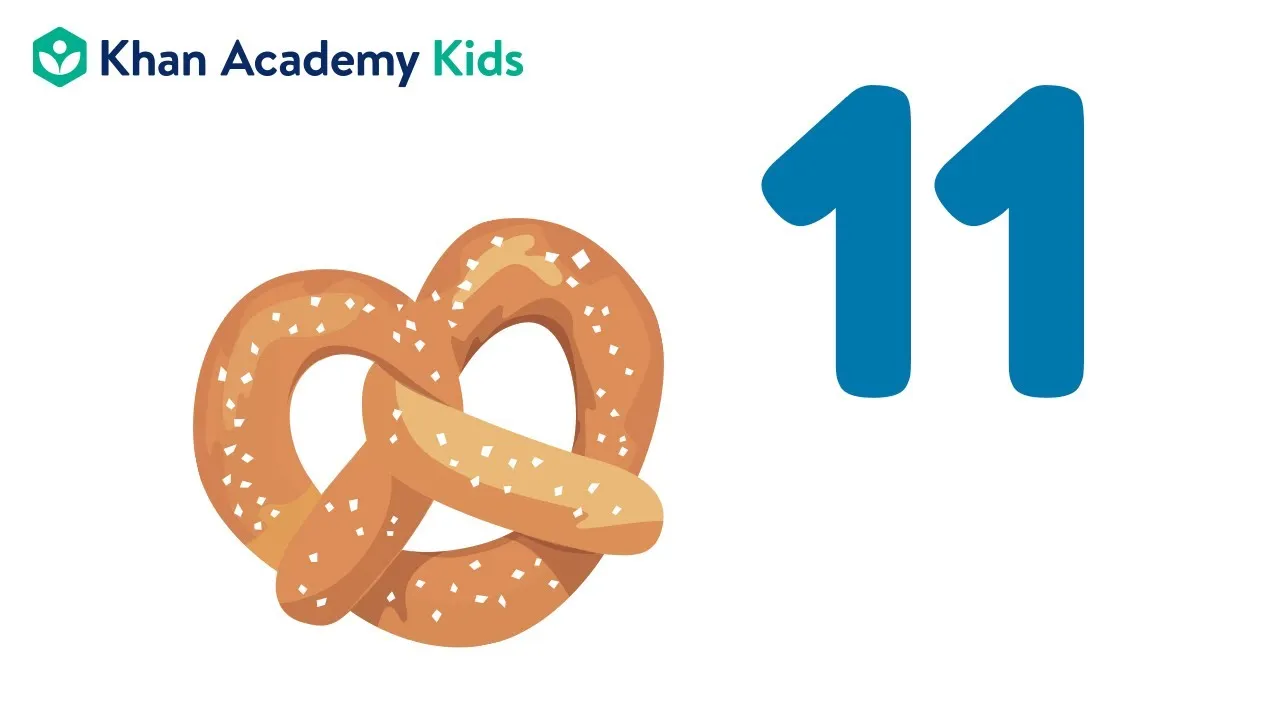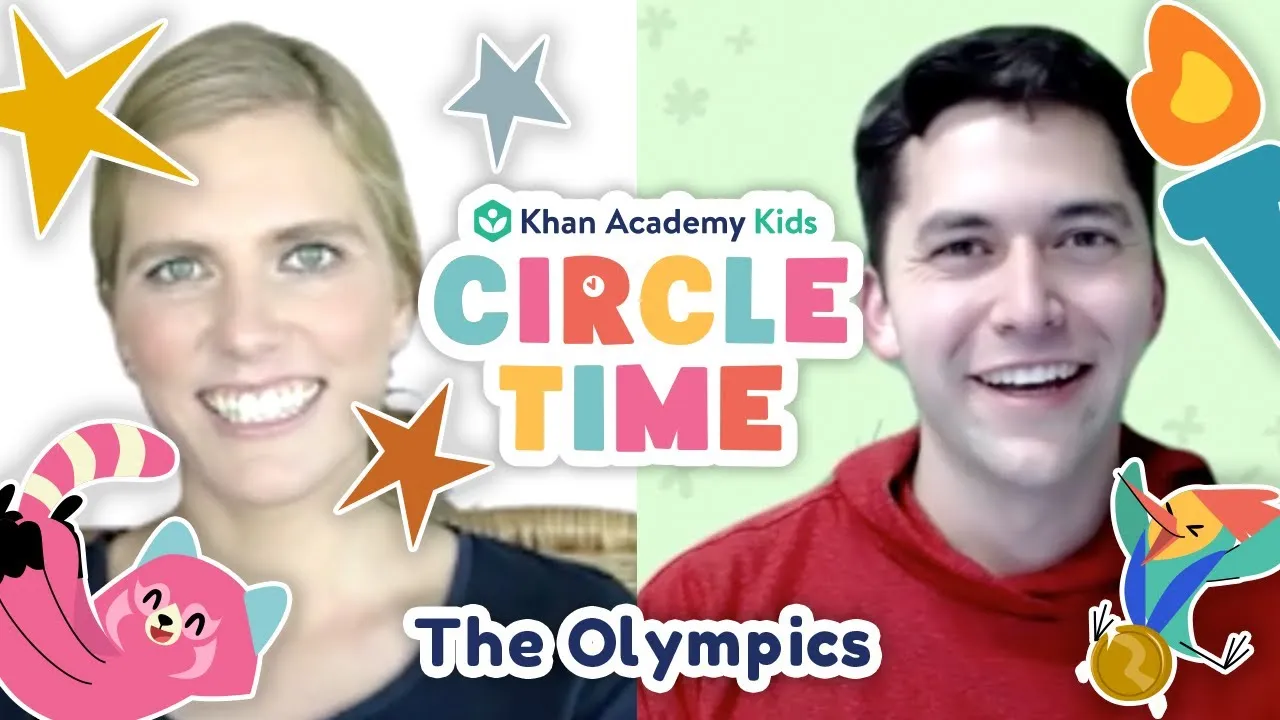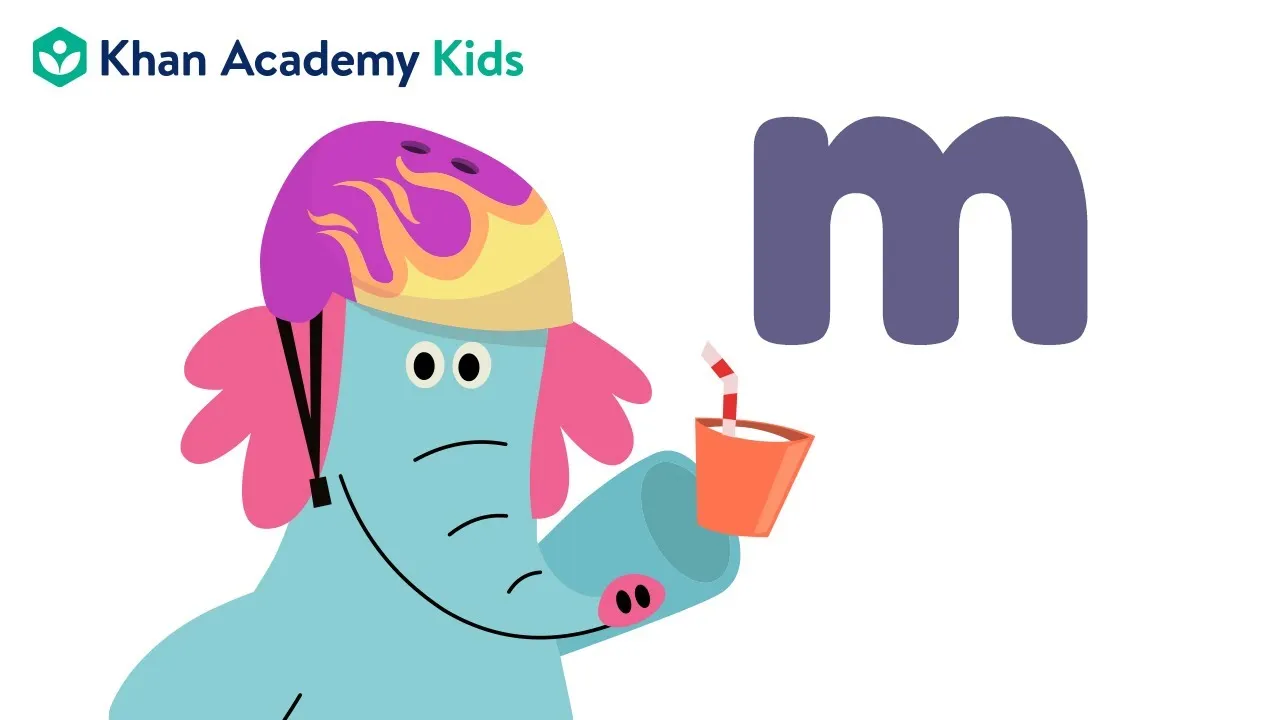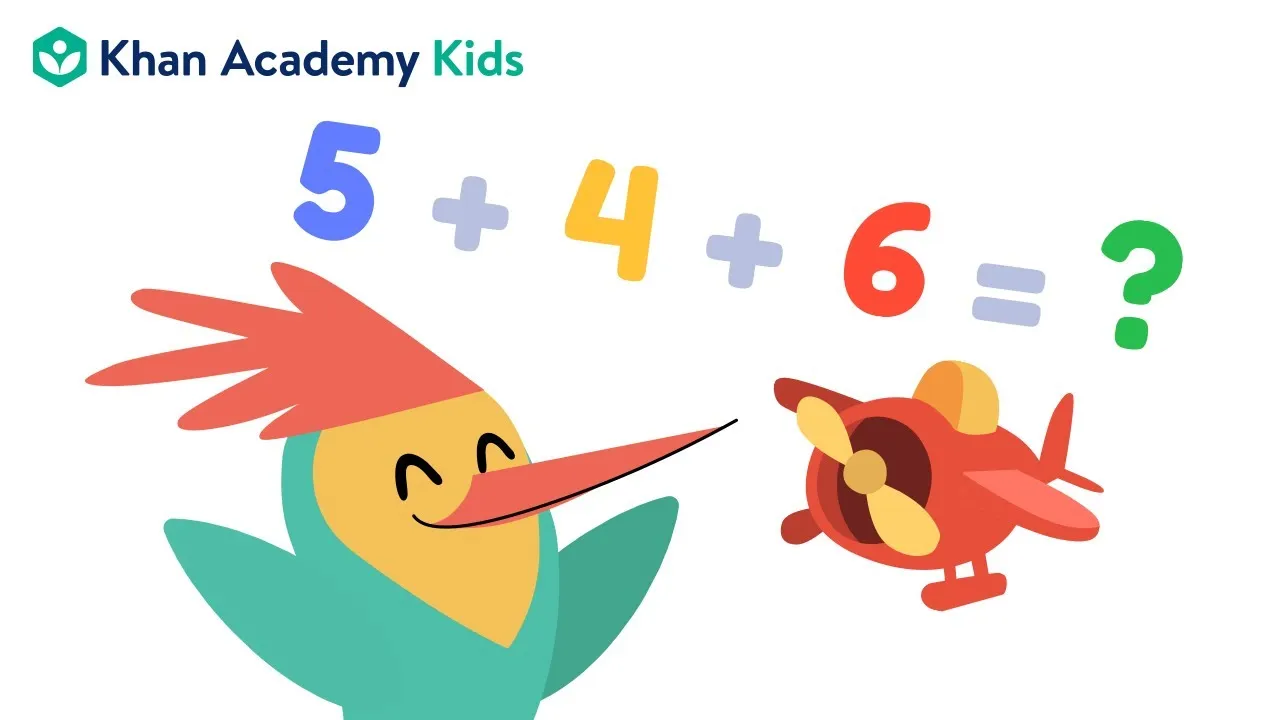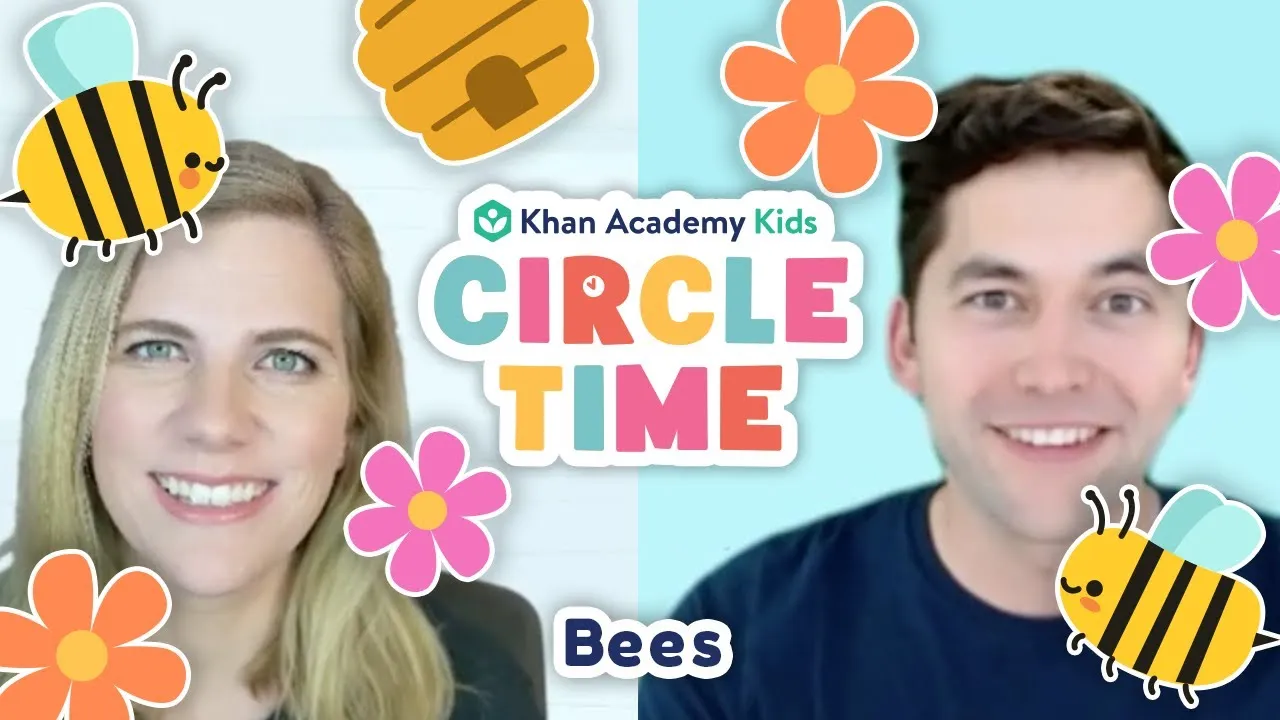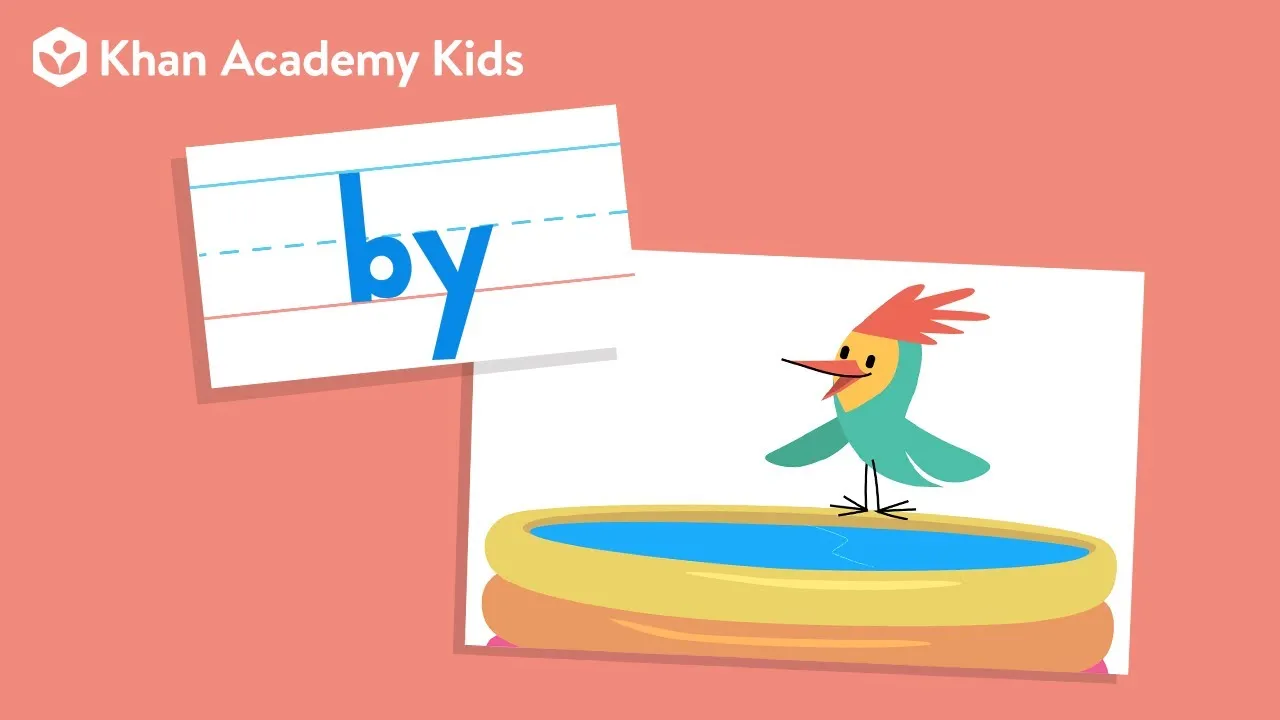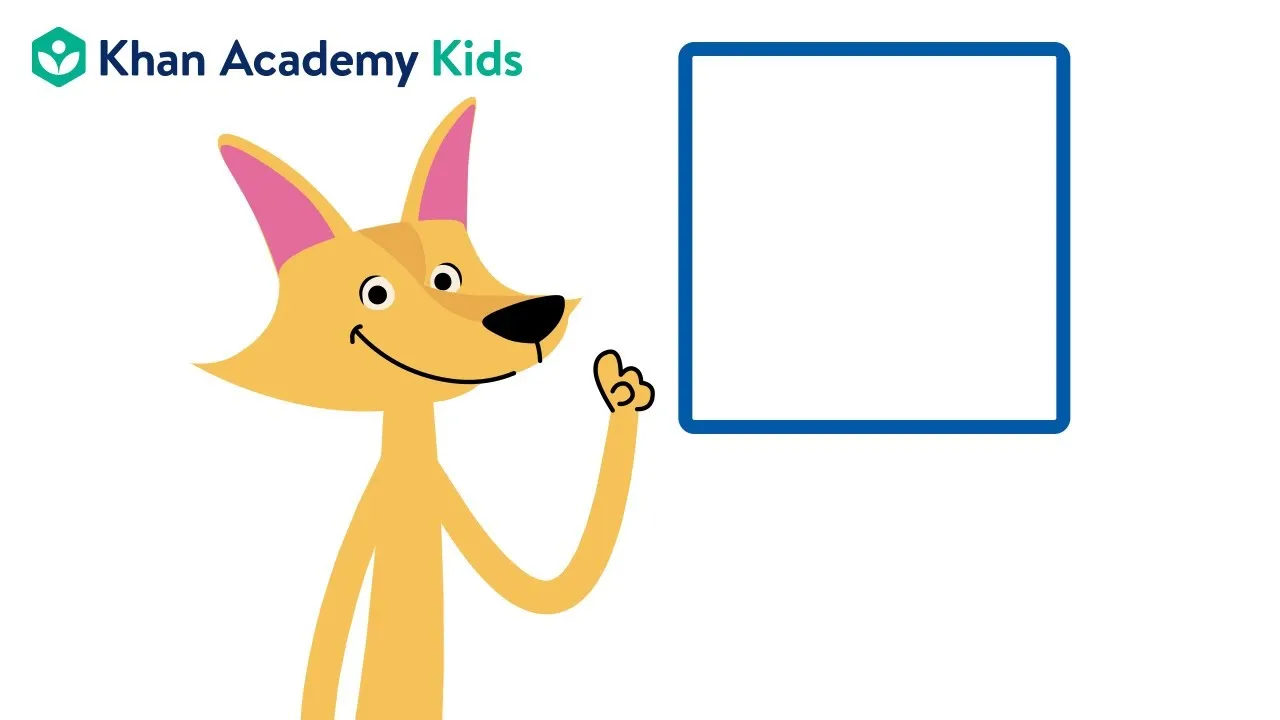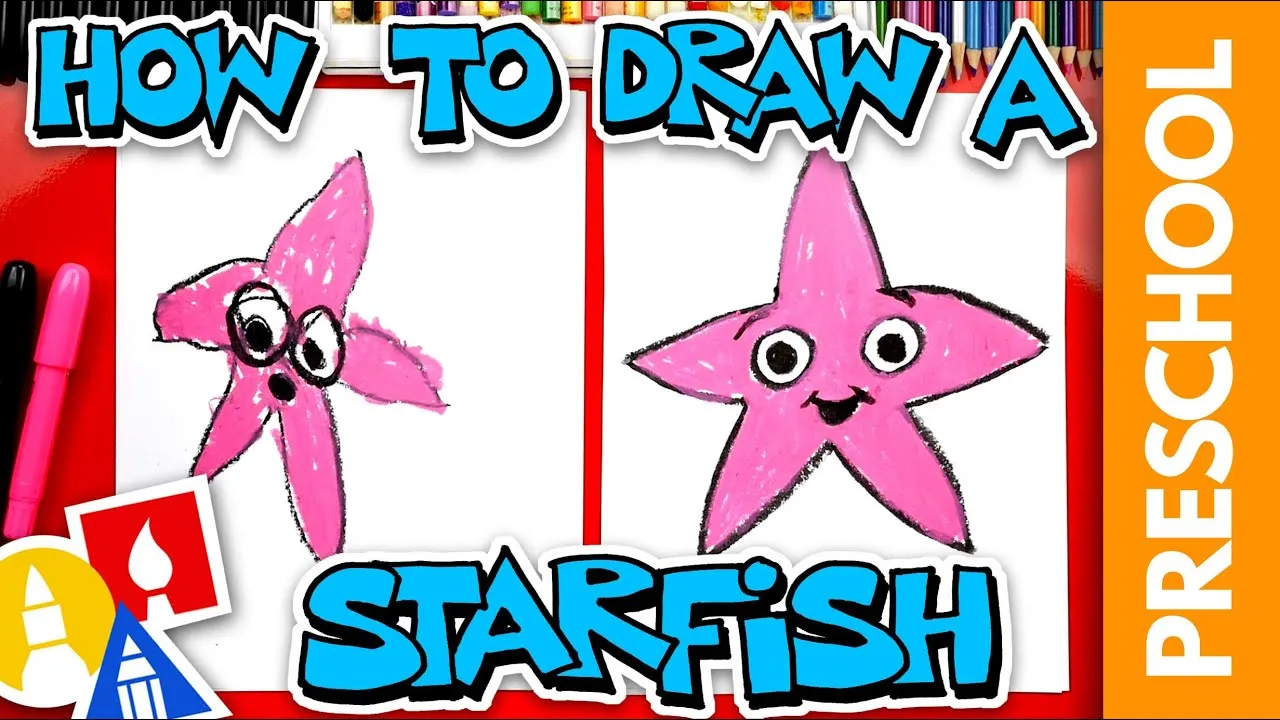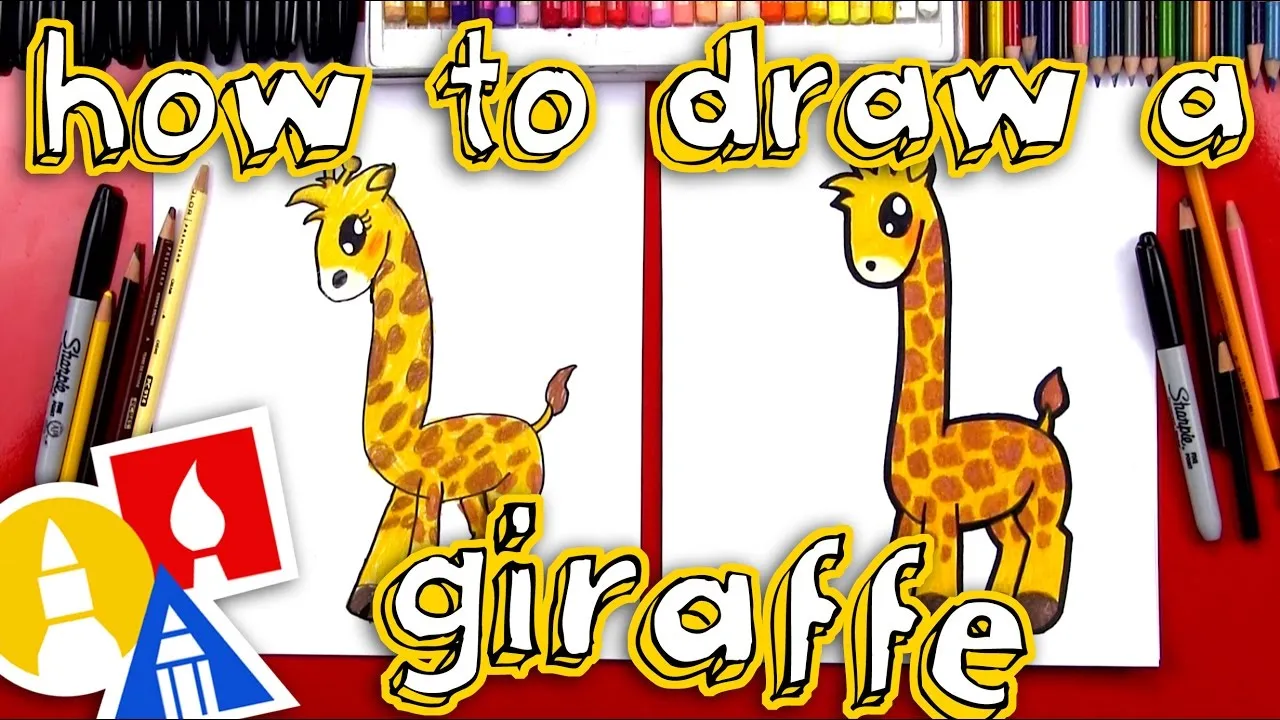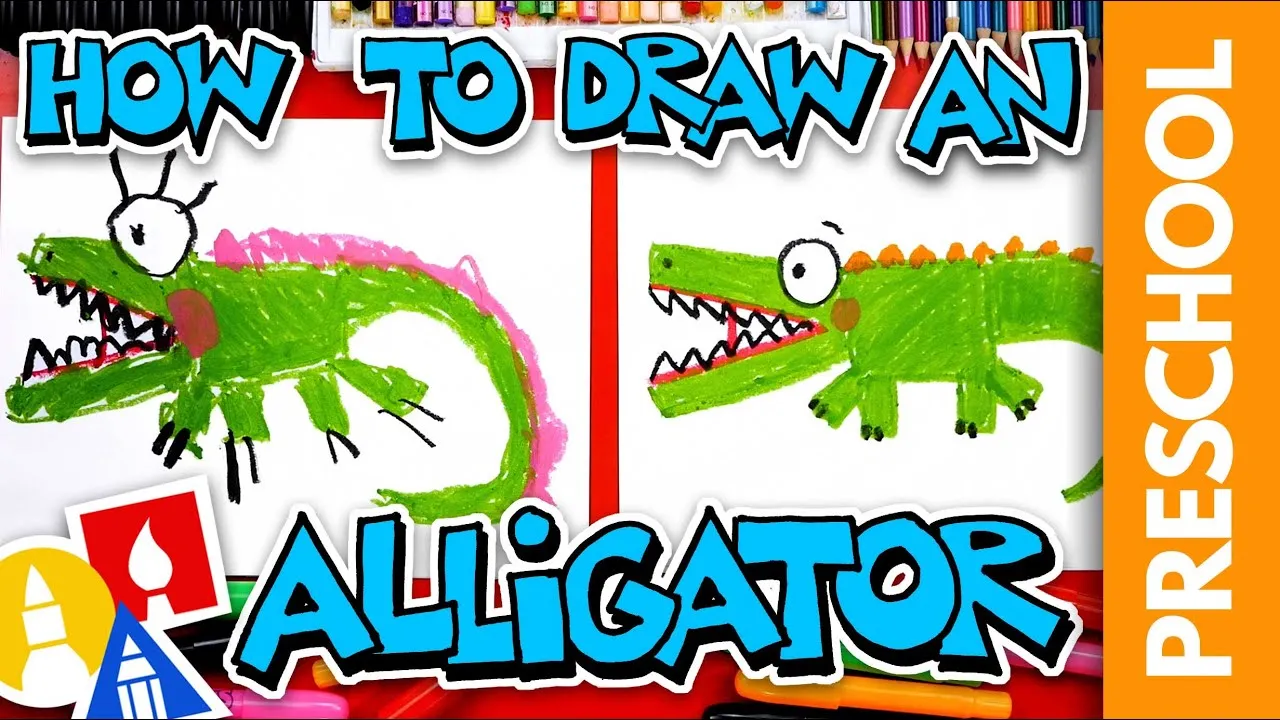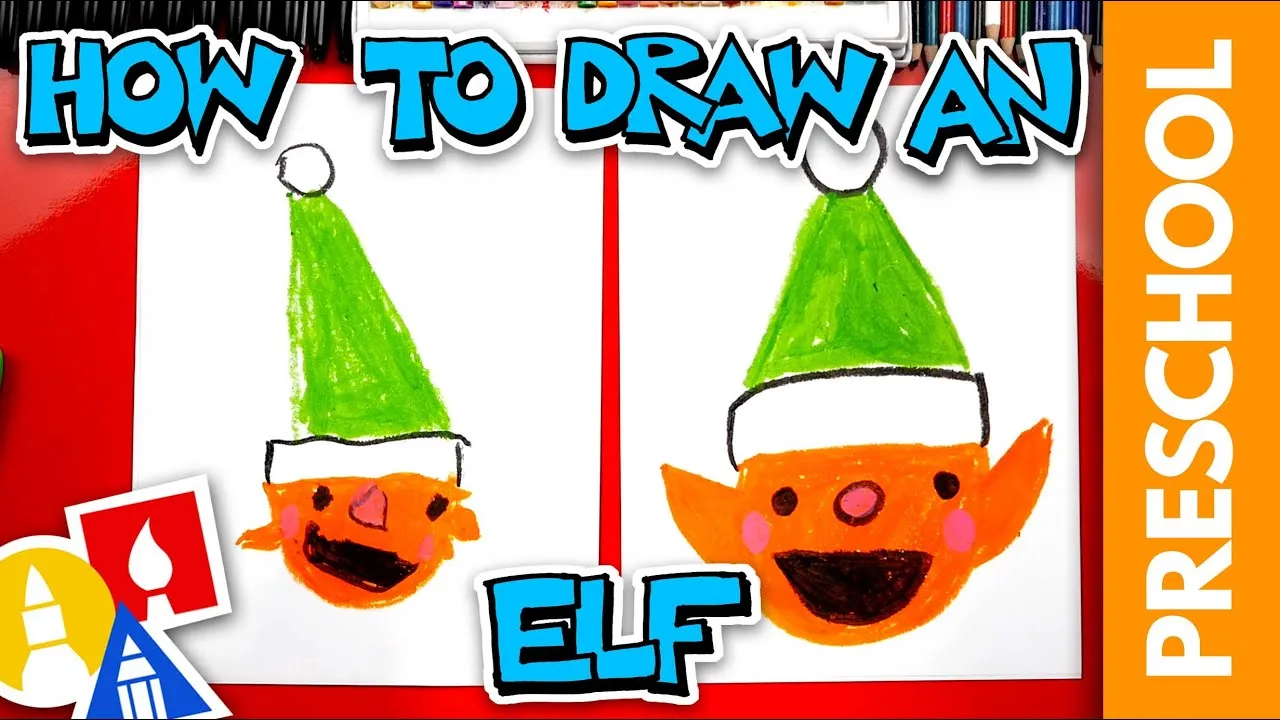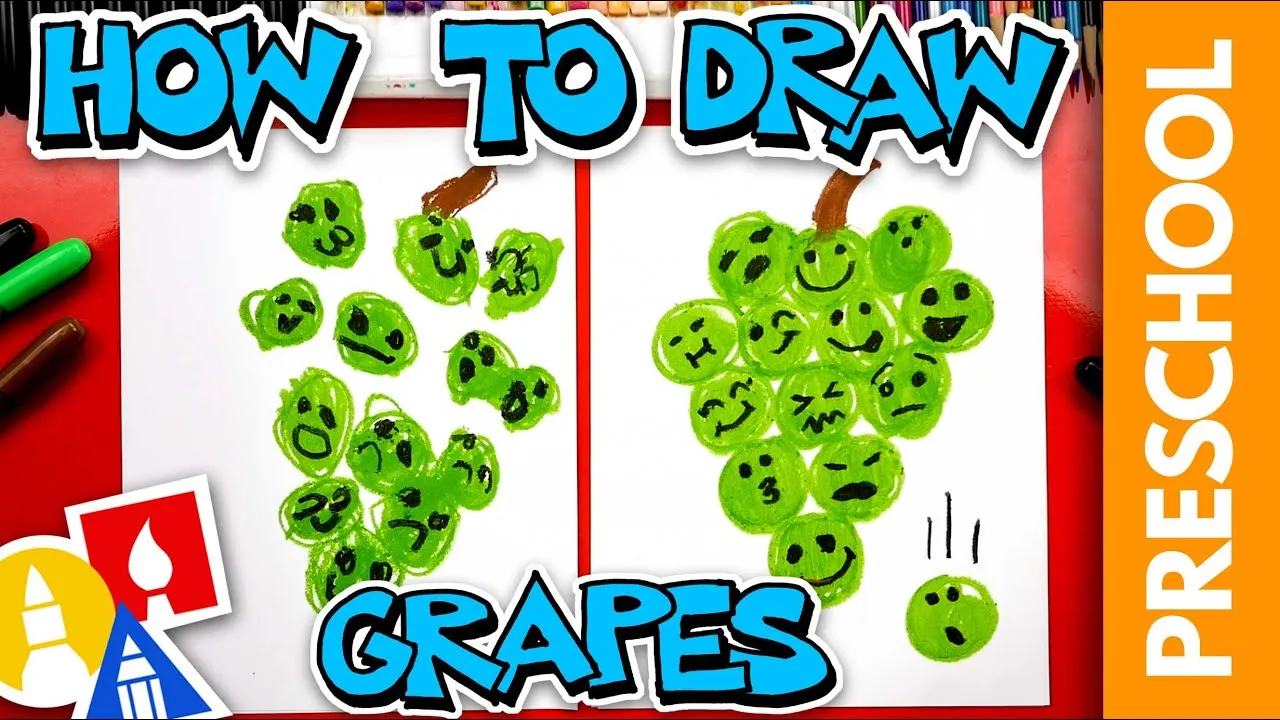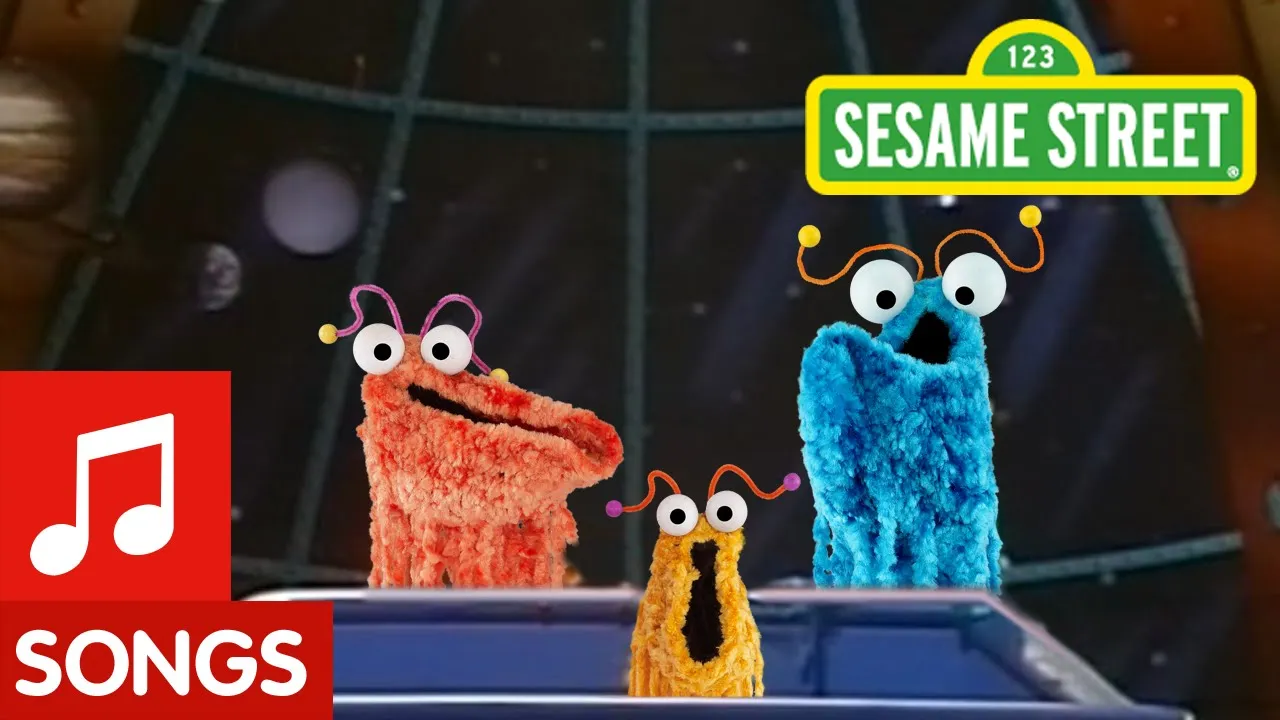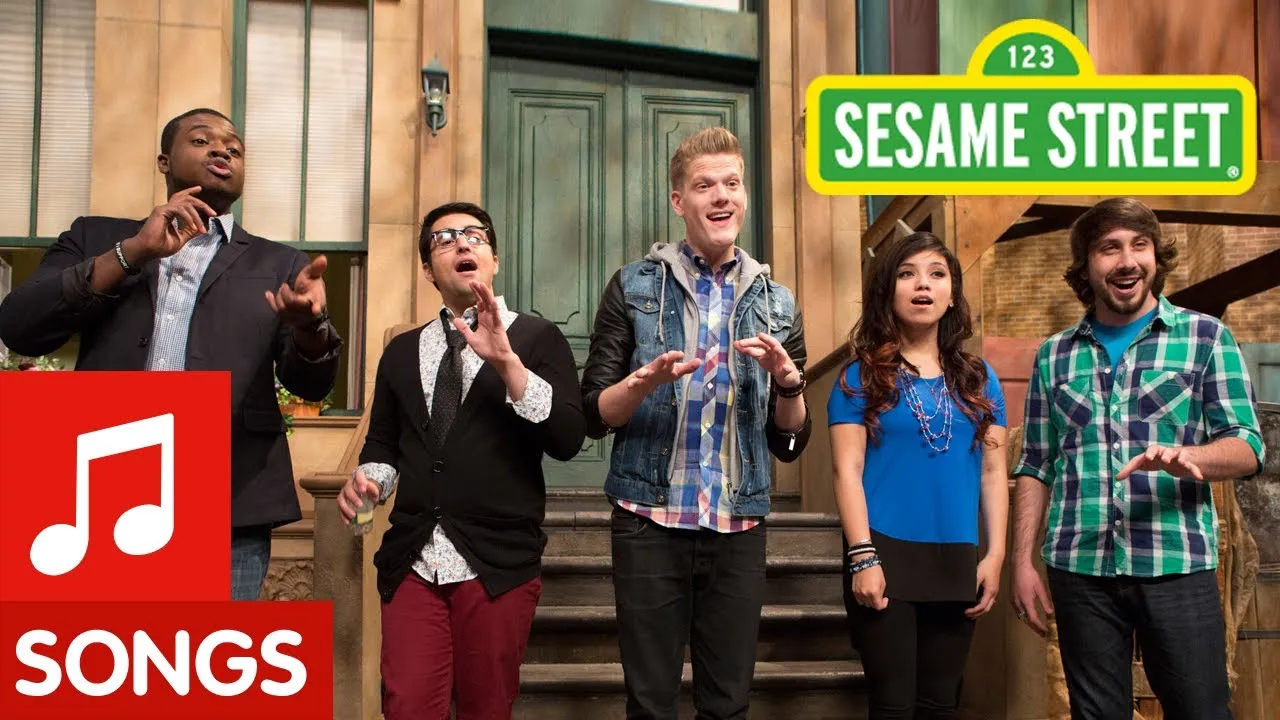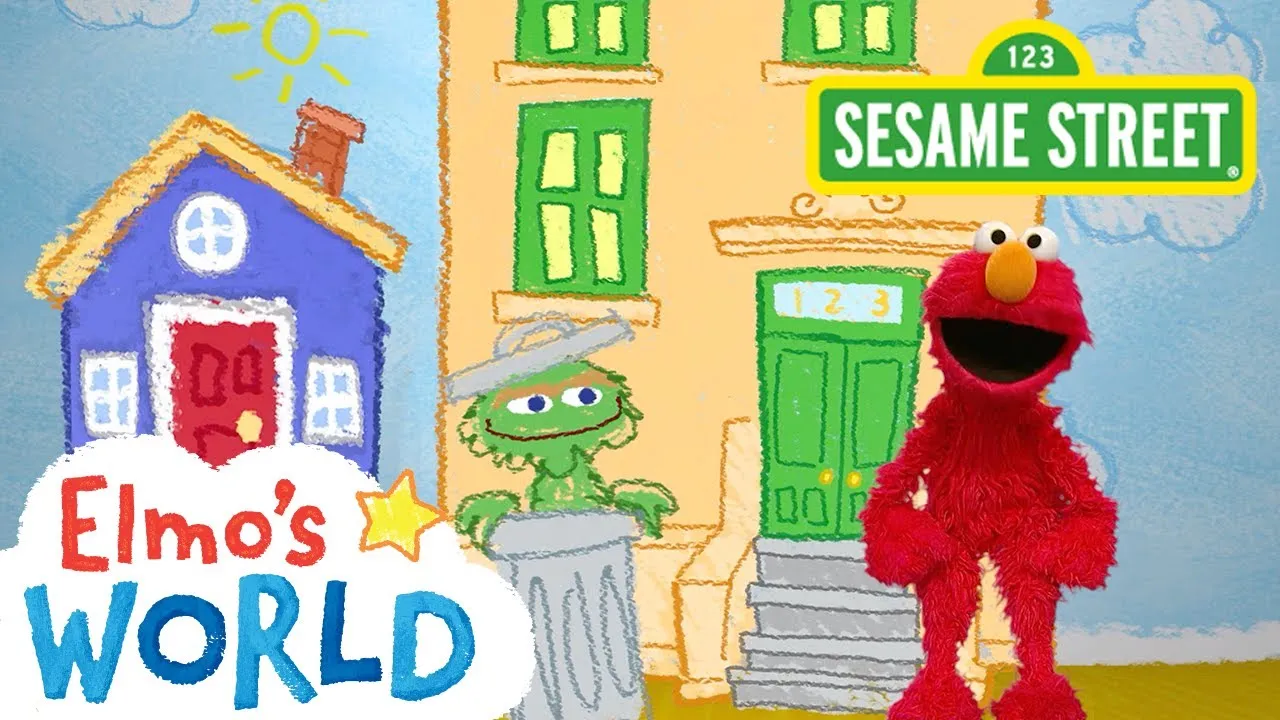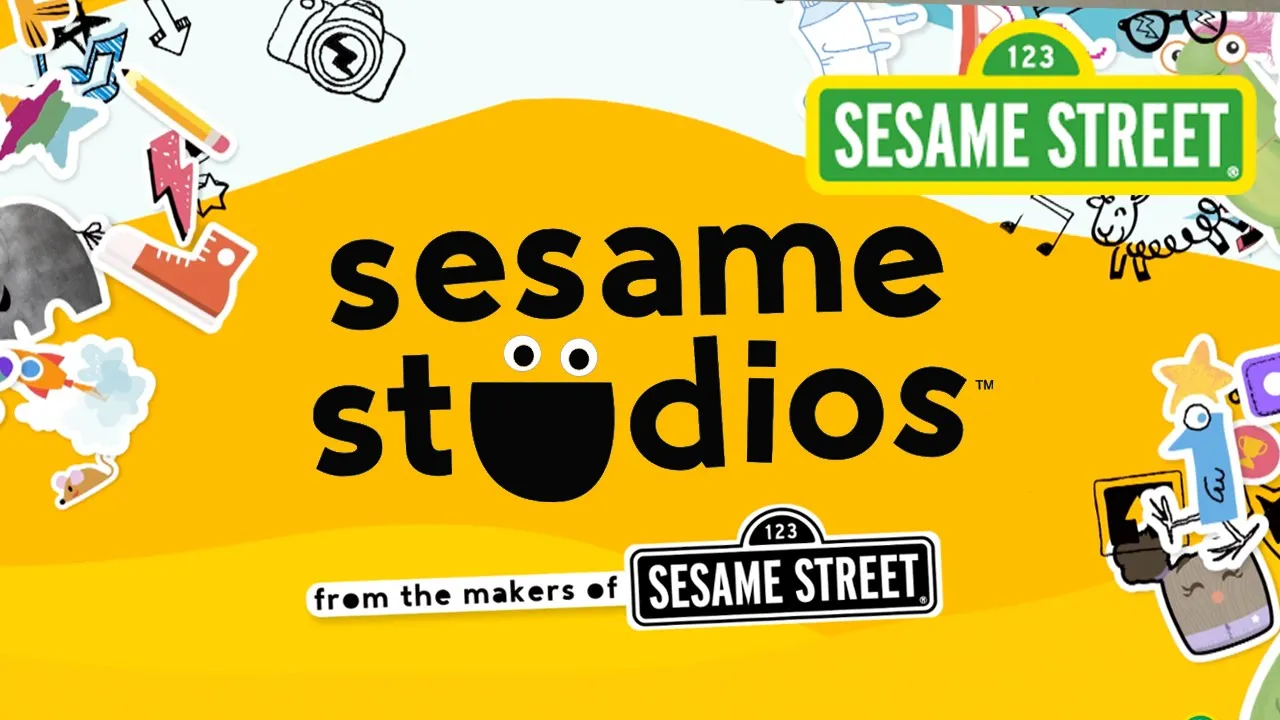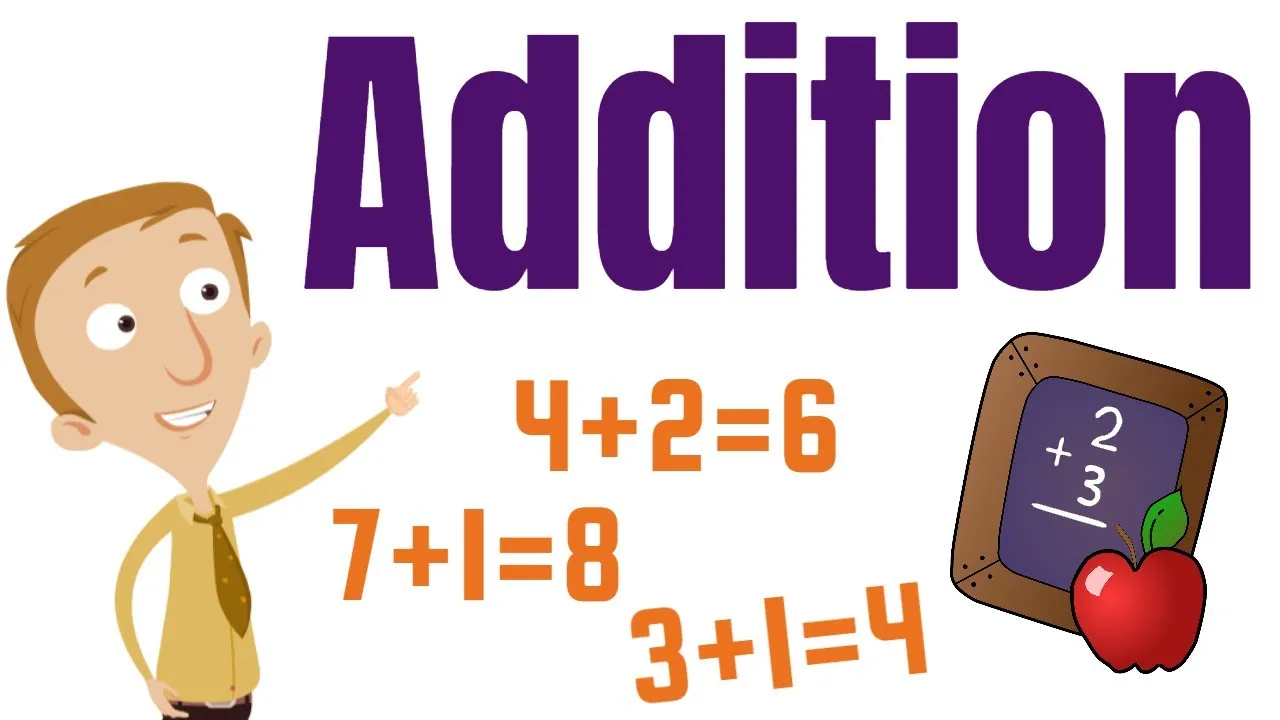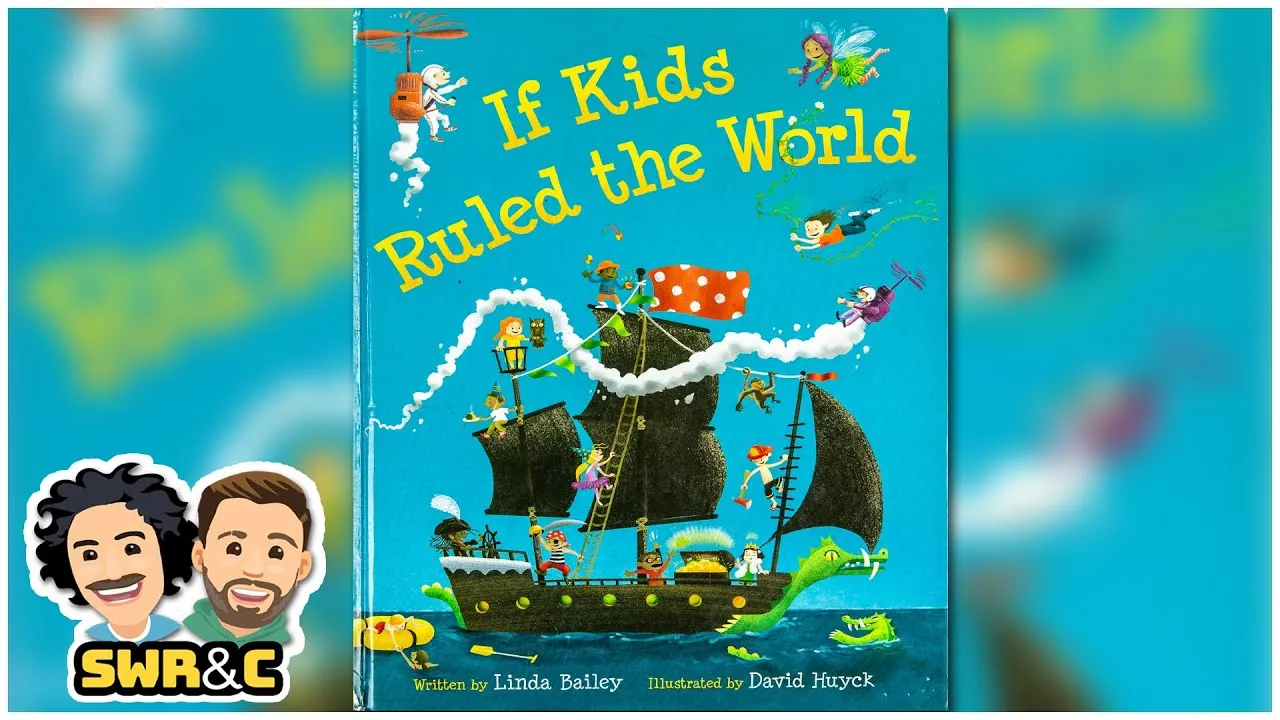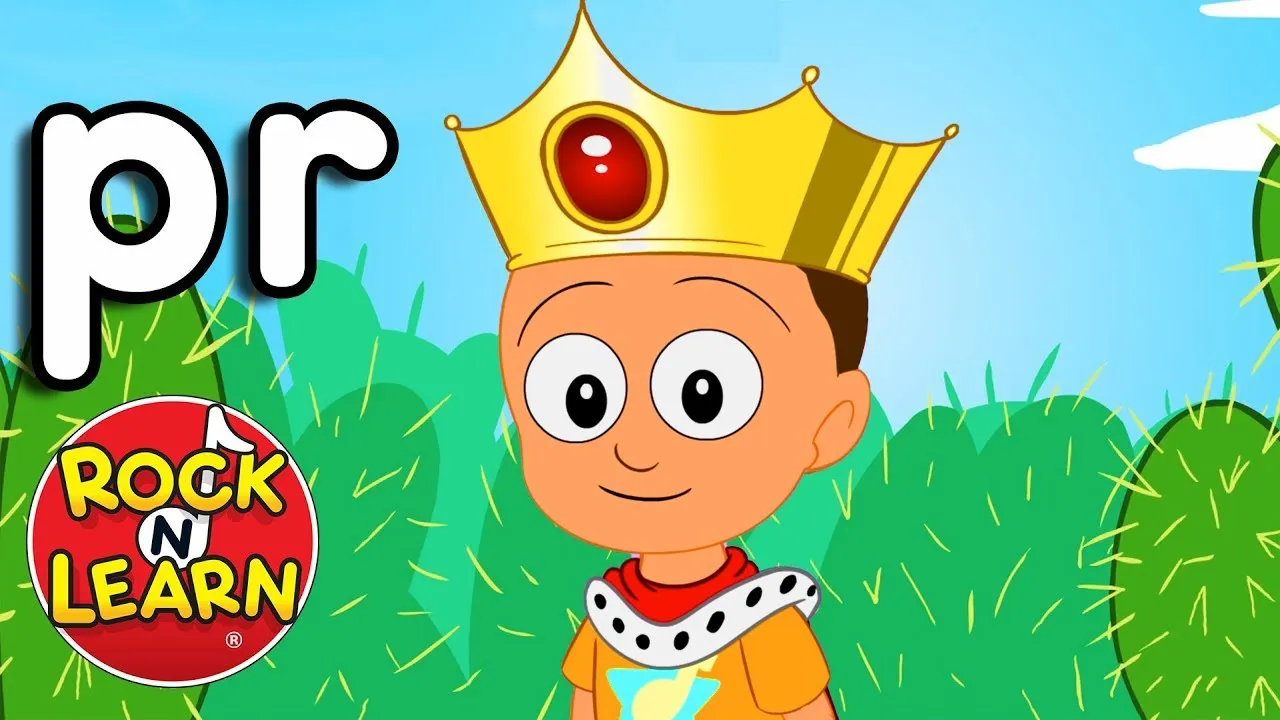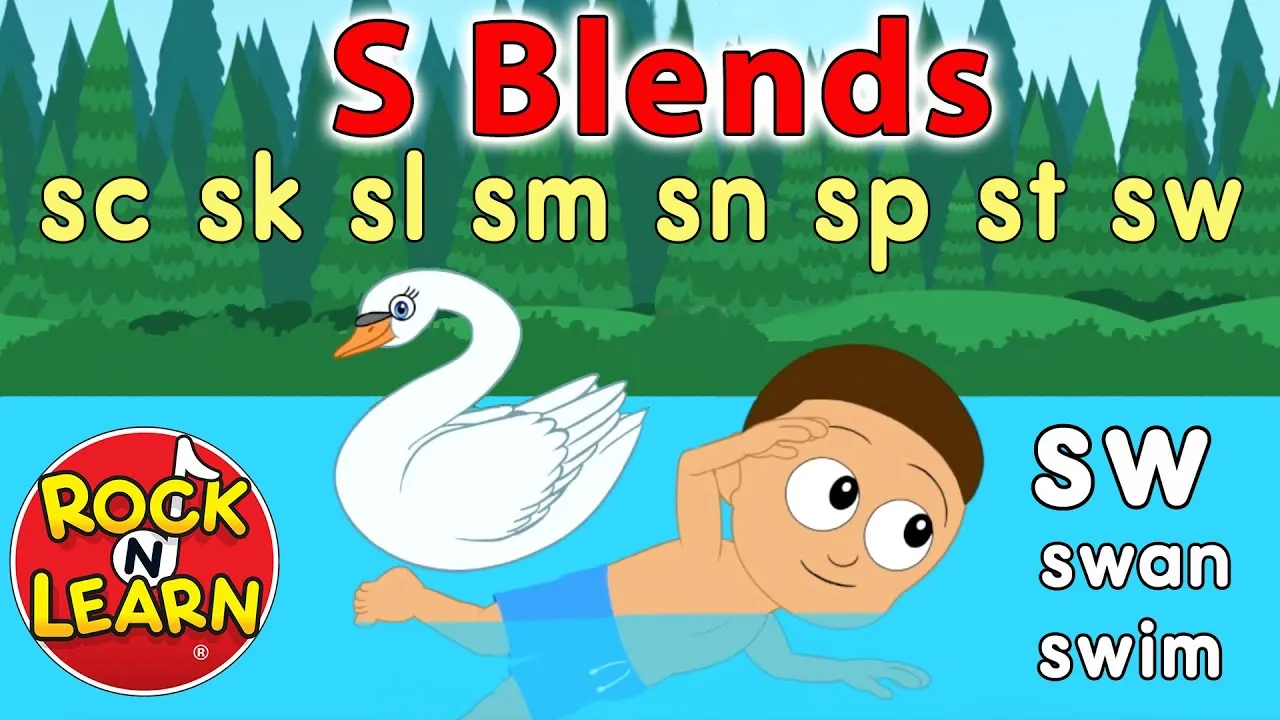Grade 1 Video Lessons
Boost your learning with our AI-guided video lessons, specially made for Grade 1 students! We've chosen the best YouTube videos to make learning exciting and fun for young learners.
In this lesson, young artists are introduced to a fun "Circle Time" activity led by Caroline and her friend Kim, an animator. They learn how to draw Peck, a cheerful character, by following step-by-step instructions and using specific colors, while also engaging in a brief warm-up exercise. The lesson concludes with a demonstration of animation, showcasing how drawings can come to life, and encourages creativity and participation among the children.
In today's Circle Time with Caroline and Sophie, young learners explored feelings and changes in their lives, emphasizing the importance of connection during challenging times. They introduced three "superpowers" to help navigate these changes: being thankful, practicing belly breathing for calmness, and being a helper to others. The lesson encouraged children to reflect on how they can use these superpowers to positively impact their world.
In this lesson, students engage in a fun counting activity using pretzels as a snack. They count a total of 11 pretzels together, reinforcing their number skills while enjoying a tasty treat. The lesson emphasizes that counting snacks can be an enjoyable way to practice numbers in everyday situations.
In today's Circle Time with Caroline, children learned about drawing and animation with special guest Kim, who guided them in creating a character named Reya, a red panda. The lesson included step-by-step instructions for drawing Reya's face and coloring her, followed by a fun introduction to sentence structure using Reya as a teaching tool. The session concluded with Caroline encouraging kids to continue their creativity and look forward to future lessons.
In this Circle Time lesson with Khan Academy Kids, Sophie and her friend Paul read "The Best" by Cynthia Platt, which teaches children that being the best isn't about outdoing others but about doing your personal best and improving yourself. The lesson also highlights the spirit of the Olympics, encouraging kids to participate in fun activities at home while fostering teamwork and support among friends. Ultimately, the message is to celebrate individual efforts and enjoy the journey of learning and growing together.
In this lesson, students learn about the letter M and its sound, "mmm," with the help of Ollo. They explore words that start with M, such as "milk," and engage in fun activities to reinforce their understanding. By the end of the lesson, students are encouraged to practice and become experts in recognizing and using the letter M.
In this lesson, we explore counting a collection of toy planes by categorizing them into different colors: 5 blue planes, 4 yellow planes, and 6 red planes. By adding these quantities together, we find that the total number of planes in the collection is 15, highlighting the fun of counting and organizing items.
Bumblebees | All About Bees | Waggle Dance with Climate Science | Circle Time with Khan Academy Kids
In today's Circle Time with Khan Academy Kids, Paul and Sophie introduced children to the fascinating world of bumblebees through a fun reading session and engaging activities. They explored the characteristics and roles of bumblebees in nature, including their importance as pollinators and their unique waggle dance used to communicate with one another. The session emphasized the joy of learning about these busy insects while encouraging kids to participate in interactive activities.
The lesson explains the meaning of the word "by," which indicates proximity or closeness to something else. An example provided illustrates this concept by describing a tree located next to a pool, highlighting how "by" signifies that the tree is nearby and offers shade. Understanding the word "by" is essential for effective communication about location.
In this lesson, we explored the characteristics of squares, which are defined by having four equal sides and four corners where the sides meet. We also discussed how squares can be found in everyday objects, such as windows, encouraging students to observe and identify squares in their surroundings.
In this lesson, kids learn how to draw a cute cartoon starfish using simple steps that involve drawing the eyes, mouth, and body, followed by coloring and adding a fun background. The activity encourages creativity and practice in drawing while ensuring that children enjoy the process with materials like crayons and paper. The emphasis is on having fun and developing artistic skills through this engaging project.
In this lesson, students learn how to draw a cute giraffe step-by-step, starting with the eye and progressing through the head, neck, legs, and body, while adding details like hair, ears, and spots. The lesson emphasizes creativity and fun, encouraging students to personalize their drawings with backgrounds and colors. Ultimately, the goal is to foster enjoyment in the art-making process and to share their creations.
In this lesson, students learn to draw an alligator by starting with the letter "A" and transforming it into a fun character using various crayons. The step-by-step instructions guide them through creating the alligator's mouth, eyes, body, legs, and tail, while encouraging creativity with colors and additional details. By the end, students not only have a completed drawing but also an understanding of how to incorporate letters into art.
In this lesson, students learn how to draw an elf using simple steps and a few colorful crayons. The guide emphasizes creativity and encourages children to express themselves while practicing their drawing skills, reminding them that it's perfectly fine for their artwork to look different from others. The lesson concludes with a celebration of their completed elf drawings and an invitation to continue exploring their artistic abilities.
In this fun art lesson, participants learn to draw cartoon grapes using simple step-by-step instructions. Starting with basic shapes, they create a bunch of grapes, add a stem, and personalize their artwork by giving each grape a unique, funny face. The lesson encourages creativity and enjoyment in drawing, making it suitable for artists of all ages.
In "The Joyful Yip Yips: A Family Celebration," we are introduced to the vibrant Yip Yip family, who express their love and unity through playful sounds and joyful activities. Their celebration emphasizes the importance of family bonds, highlighted by their cheerful chants and imaginative dreams, such as dancing on moonbeams. Ultimately, the lesson encourages us to cherish family connections and embrace the joy of togetherness and creativity.
The lesson highlights the importance of children's songs in teaching concepts of self-identity and numbers in a fun and engaging way. Through melodies that celebrate uniqueness and friendship, children learn to appreciate their individuality while also exploring basic math skills from one to five. Additionally, the incorporation of phonics helps enhance their reading abilities, making these songs valuable tools for holistic learning and personal growth.
In this lesson, Elmo from "Sesame Street" takes children on an engaging adventure to discover various types of homes, including single-family houses, apartments, houseboats, tree houses, and igloos. Through interactive games and fun examples, Elmo emphasizes how homes are uniquely suited to their environments and cultures, encouraging a celebration of learning and exploration. Ultimately, the lesson highlights the diversity of homes and the stories they tell about the people and animals that inhabit them.
The lesson introduces Sesame Studios, a new YouTube channel created by the makers of Sesame Street, hosted by a character named Marvie. The channel offers engaging stories, songs, and characters like the Puffballs to promote learning through fun activities, including music and dance, while also emphasizing the importance of social-emotional learning to help children grow smarter, stronger, and kinder. Families are encouraged to join in the fun by watching new videos together, fostering a shared learning experience.
In this lesson, students learn about the letter "O," including its position in the alphabet, its short and long sounds, and how to write both the capital and lowercase forms. The lesson emphasizes the importance of vowels in reading and writing, providing examples of words that start with "O" to reinforce understanding. By exploring these concepts, students enhance their literacy skills and gain confidence in their reading abilities.
The lesson "Understanding Addition: A Fun and Engaging Approach" introduces the concept of addition as a way to combine numbers to find a total, using relatable examples such as counting fruits and items in a shopping cart. Through simple exercises and real-life scenarios, students learn the basics of addition, including adding zero and small numbers, while emphasizing the importance of practice in mastering this essential math skill. Overall, the lesson aims to make learning addition enjoyable and accessible for young learners.
In today's Story Time with Ryan, we explored the imaginative book "If Kids Ruled the World" by Linda Bailey, which envisions a playful world where children are in charge. The story highlights whimsical scenarios such as endless birthday celebrations, fun clothing choices, exciting adventures in backyards, and unique schools, all emphasizing the joy and creativity of childhood. Through this delightful narrative, Ryan encourages kids to dream big and embrace their playful spirit.
In this lesson, students learn about the "PR" sound created by combining the letters "P" and "R." Through engaging examples and fun words like "prance," "prank," and "purr," learners practice pronouncing and understanding the sound's usage. The lesson emphasizes the joy of learning and encourages continued practice to master the "PR" sound.
In today's lesson, we explored various letter combinations that create unique sounds, specifically focusing on pairs that include the letter "s." We learned about the sounds made by "sc," "sk," "sl," "sm," "sn," "sp," "st," and "sw," and practiced reading words that begin with each combination. By mastering these sounds, students will enhance their reading skills and become more confident readers.
